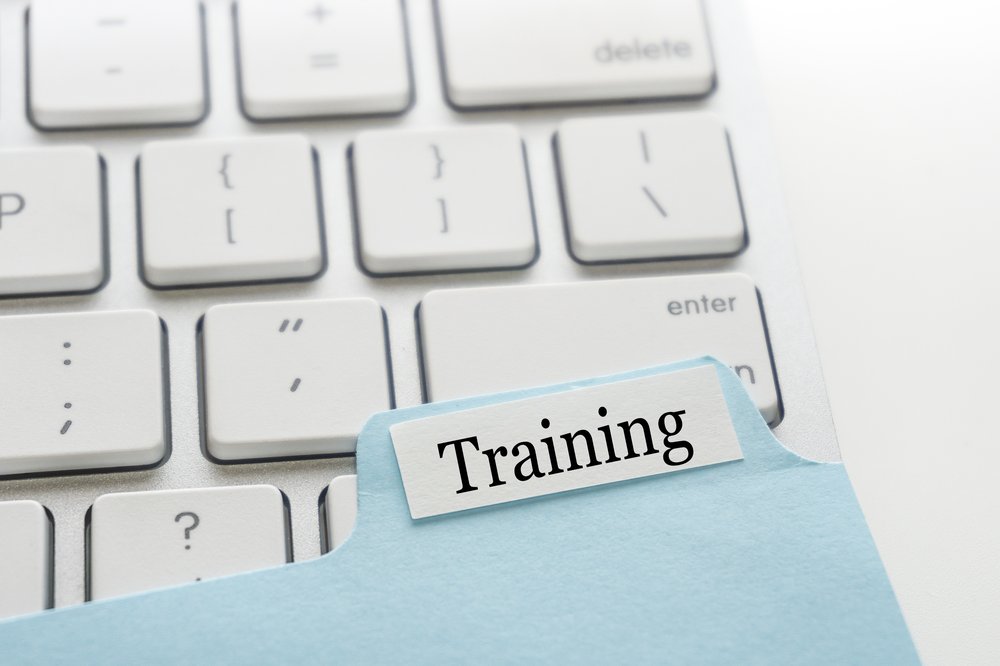Training and Competency Register
By prioritising health and safety training and maintaining a competency register, your construction business can operate more safely, efficiently, and compliantly.

Investing in the development of your workforce not only benefits your employees but also contributes to the overall success and sustainability of your company.
Training and competency in the construction industry refer to the process of educating and equipping workers with the necessary skills, knowledge, and qualifications to perform their tasks safely and effectively. Training encompasses a range of activities, from formal education and certification courses to on-the-job training and continuous professional development. Competency, on the other hand, is the ability of an individual to apply their skills and knowledge to perform tasks proficiently and safely under varying conditions.
Ensuring Safety
Health and safety training is vital to preventing accidents and injuries on construction sites. A well-trained workforce is more aware of potential hazards and can take the necessary precautions to mitigate risks. This not only protects your workers but also reduces downtime and the associated costs of workplace incidents.
Legal Compliance
In New Zealand, businesses in the construction industry are required to comply with strict health and safety regulations. Providing adequate training and maintaining a competency register ensures that your company meets these legal obligations, avoiding fines, legal action, and potential shutdowns.
Enhanced Productivity
A skilled and competent workforce operates more efficiently, leading to higher productivity. Workers who understand their roles and responsibilities can perform tasks more quickly and to a higher standard, minimising errors and rework. This translates to faster project completion times and improved profitability.
Reputation and Trust
Demonstrating a commitment to health and safety through robust training programmes enhances your company’s reputation. Clients, partners, and stakeholders are more likely to trust and engage with a business that prioritises the well-being of its employees. This can lead to more contracts and long-term business relationships.
Assess Current Training Needs
Begin by conducting a thorough assessment of your current training programmes and the competencies of your workforce. Identify any gaps in knowledge or skills and prioritise areas that require immediate attention. This can be achieved through regular performance reviews, feedback from supervisors, and employee self-assessments.
Develop a Comprehensive Training Plan
Create a training plan that addresses the identified needs and outlines the necessary steps to achieve the desired competencies. This plan should include a mix of classroom-based learning, on-the-job training, and continuous professional development opportunities. Ensure that the training content is up-to-date with industry standards and best practices.
Implement a Competency Register
A competency register is a detailed record of the skills, qualifications, and training completed by each employee. Implementing a digital competency register allows for easy tracking and management of this information. Regularly update the register to reflect any new training or certifications achieved by your workers.
Monitor and Evaluate
Continuously monitor the effectiveness of your training programmes and the competency levels of your workforce. Use key performance indicators (KPIs) to measure progress and identify areas for improvement. Regular evaluations help to ensure that your training initiatives remain relevant and effective in addressing the evolving needs of the construction industry.
Foster a Culture of Continuous Learning
Encourage a culture where continuous learning and professional development are valued. Provide opportunities for employees to upskill and advance their careers within your organisation. This not only improves competency but also boosts morale and job satisfaction, leading to higher retention rates.